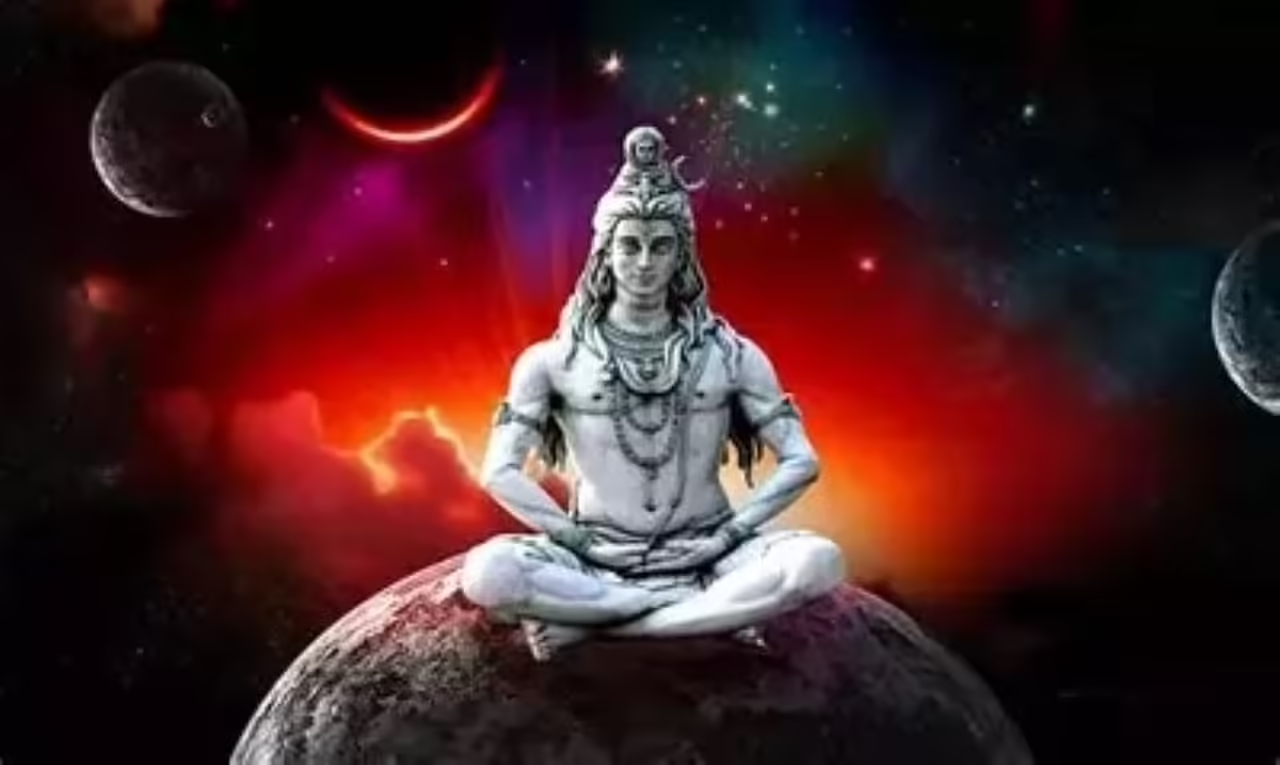
One of the most enigmatic, majestic and powerful deities in Hindu mythology is unquestionably Shiva: a being endowed with all the attributes of divinity, capable of creating and destroying anything. He is best known as the “lord of destruction”.
He is the basis for one of the world’s oldest and most prevalent religions: Shivaism. Many theories have been woven around this mysterious Hindu god and in this opportunity we will see: “the true story of Shiva”:
Present in cultures around the world
This millenary character receives other denominations such as: “the lord of the beasts”, “the god of mystery”, “the god of chaos”, “the lord of acetism”, “the god of knowledge and negation”, as well as the deity of the time that destroys everything and of the regeneration of life.
In the Hindu tradition, Shiva has been associated with the third person of the Christian trinity and other cultures, which coincidentally worship a triune god. He would then be the Holy Spirit of Western religions. The other two deities of the Sacred Triangle are: Brahma, the Creator and Vishnu, the preserver or the Christ.
Everything points to the fact that the story of Shiva began in the Indus Valley, in the central part of the Asian continent. But what is even stranger to everyone is that this enigmatic god also appears in Japan, in ancient American cultures, in Europe and almost all over the globe. Hardly anyone can explain why this Hindu deity, with the same characteristic patterns, has a representation thousands of thousands of kilometers away.
According to the Shivaist doctrine of antiquity, destruction is necessary for there to be a purification. This takes place in what they call the two worlds: the external and the internal. In the inner world, all the demons of tripura, which represent all the psychic defects in man and which corrupt the spirit, must be destroyed; the devotees of Shiva invoke him every time they observe anger, lust, greed, envy, laziness, suffering, revenge, resentment, hatred, negative emotions of all kinds.
This spiritual current says that when Shiva destroys these blemishes, then enlightenment and eternal life come. As for the external world, these Hinduists of this millenary doctrine believe that when the human race in general is contaminated by many demons and impurities, it must be destroyed in order to form a new civilization with its ashes. They teach that this has already happened five times on Earth and we are approaching the sixth.
For these reasons, many researchers and followers of different religions and creeds, attribute satanic aspects to Shiva, calling him “the god of destruction” or “lord of the beasts”, the latter also referring to the inner beasts or sins for Christianity. Gnosticism and Freemasonry also share the perspective of seeing Shiva as a part of the human spirit itself, which is responsible for destroying the inner demons, ignorance and bad habits, as well as being the creative power of the temple of the spirit or the Great Architect of the Universe. Not to mention Yoga, since this oriental school considers Shiva as “the greatest of the yogis” or “the god of Yoga”. For all of them, destruction and creation are part of the same cycle.
The law of karma and eternal return is also contemplated by the original Shivaism and they attribute to Shiva the processes of death and life, with the objective that in each existence the being is perfected until it is completely achieved and freed from the fateful wheel of Samsara, of births and deaths in all the kingdoms of nature.
The name “Shiva” comes from the Sanskrit meaning “blessed”, “good”, “favorable” and the devotees of this deity in India believe that by practicing his doctrine and concentrating on him, they obtain these qualities.
Shiva at CERN
At the world’s largest and most important physics laboratory, the Hadron Collider in Switzerland, or CERN, there is an effigy of Shiva in his version of Nataraj, the god of dance, who according to mythology, through his movements and concentration, in moments of full anger against humanity, destroys the planet and all that dwells in it. This statue is located between buildings 39 and 40 of this rather controversial physics center.
According to the stories of Shiva, with his third eye he can incinerate anything and with his trident he can create or destroy galaxies. In addition, he has four hands and a drum in the upper right hand and the other hands perform mudras as a sign of blessing. It is said that his neck is bluish in color, because in moments of creation he was forced to drink the poison that came out of the ocean. The tiger skin and its horns, apart from representing high levels of wisdom and power, represent control and dominion over the animal kingdom. It is adorned with a necklace of skulls symbolizing the dead egos of the initiate practitioner of Shivaism and universal knowledge.
Shiva’s wife is Parvati and together they perform the work of creation and destruction of external and internal worlds and demons. Mythology shows them traveling on top of a sacred bull and they usually materialize the wishes of the devotees who keep their supplications as if they were fulfilled, when they think of these gods.
Shiva is the only person of the Trinity who had sons, who were: the mighty monkey king, Hanuman; Ganesha, the elephant-headed god and Kartik, the god of the six faces, because he was the son of six mothers. There is no doubt that this is a very interesting and mysterious mythology and beings, which is why many devote long hours to the research and practice of this ancient and universal wisdom.







